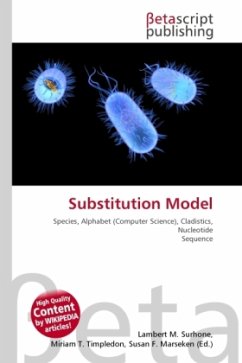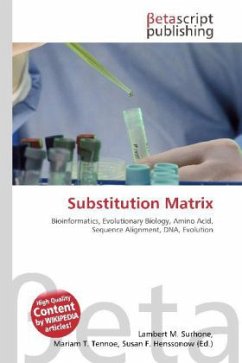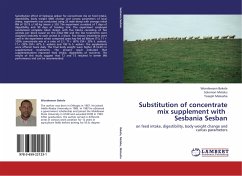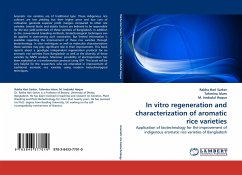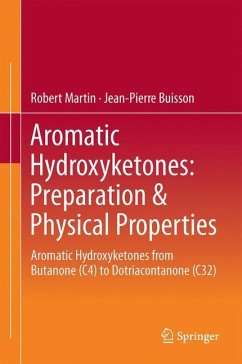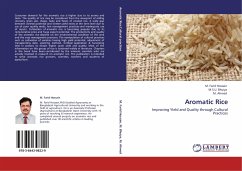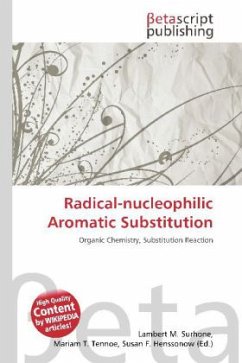
Radical-nucleophilic Aromatic Substitution
Versandkostenfrei!
Versandfertig in 6-10 Tagen
19,99 €
inkl. MwSt.

PAYBACK Punkte
10 °P sammeln!
Please note that the content of this book primarily consists of articles available from Wikipedia or other free sources online. Radical-nucleophilic aromatic substitution or SRN1 in organic chemistry is a type of substitution reaction in which a certain substituent on an aromatic compound is replaced by a nucleophile through an intermediary free radical species. The substituent X is a halide and nucleophiles can be sodium amide, an alkoxide or a carbon nucleophiles such as an enolate. In contrast to regular nucleophilic aromatic substitution, deactivating groups on the arene are not required. ...
Please note that the content of this book primarily consists of articles available from Wikipedia or other free sources online. Radical-nucleophilic aromatic substitution or SRN1 in organic chemistry is a type of substitution reaction in which a certain substituent on an aromatic compound is replaced by a nucleophile through an intermediary free radical species. The substituent X is a halide and nucleophiles can be sodium amide, an alkoxide or a carbon nucleophiles such as an enolate. In contrast to regular nucleophilic aromatic substitution, deactivating groups on the arene are not required. This reaction type was discovered in 1970 by Bunnett and Kim and the abbreviation SRN1 stands for substitution radical-nucleophilic unimolecular as it shares properties with an aliphatic SN1 reaction. An example of this reaction type is the Sandmeyer reaction.



